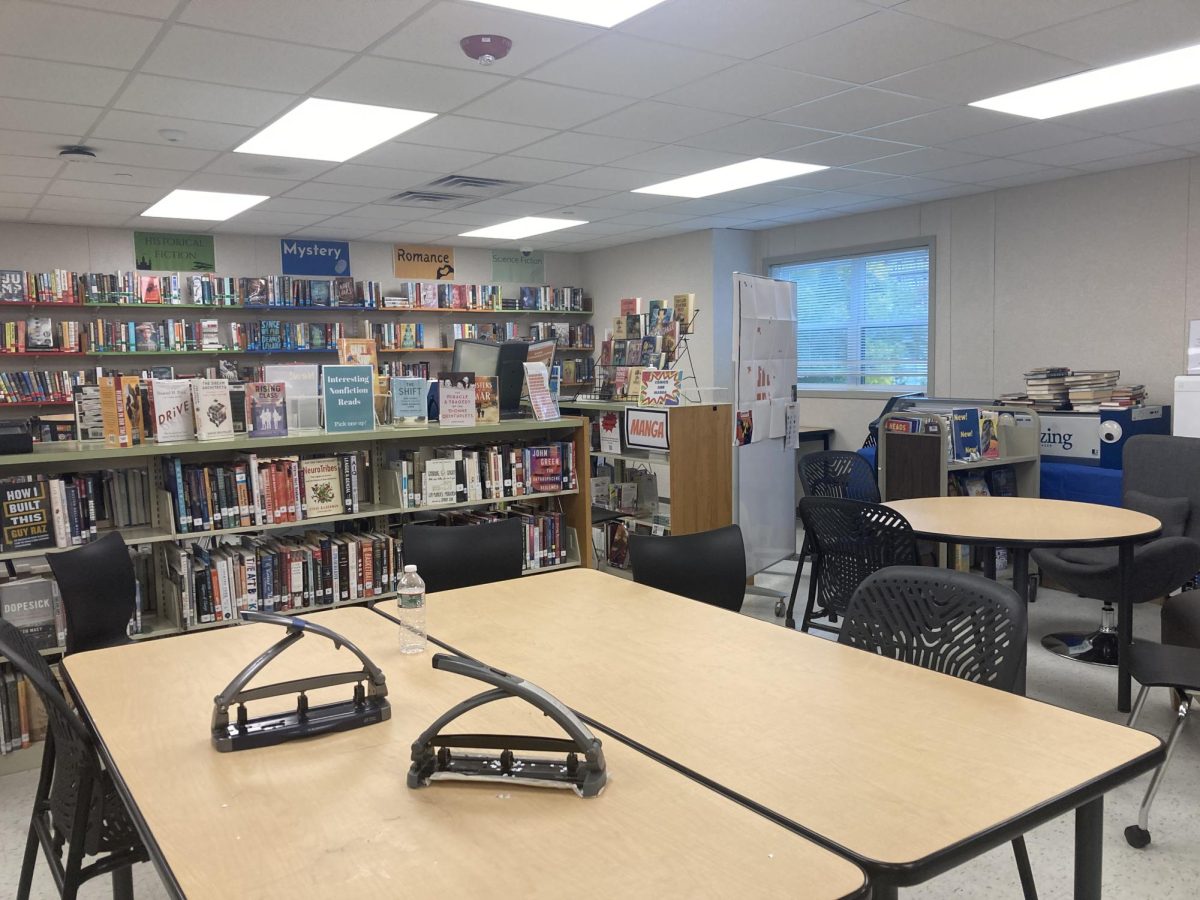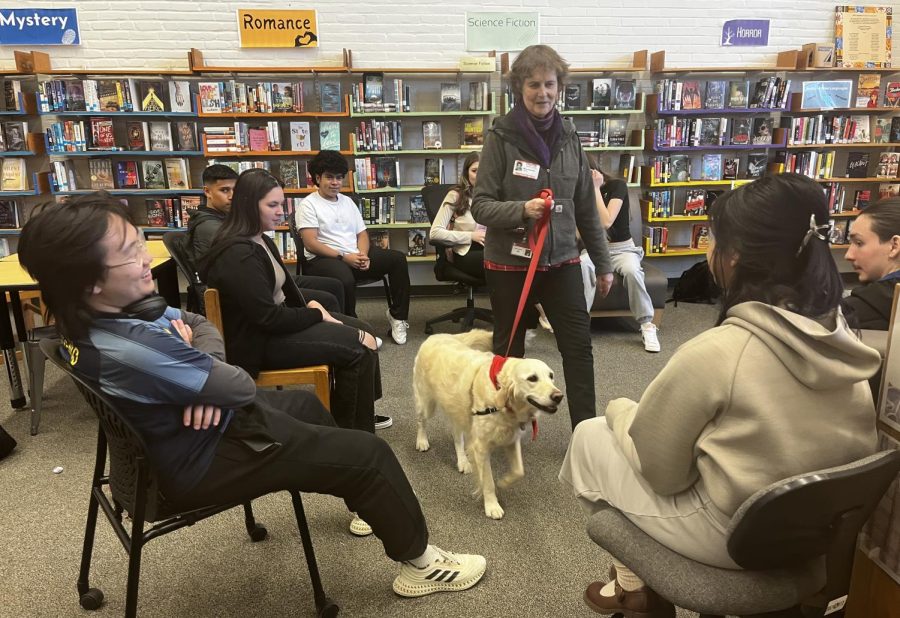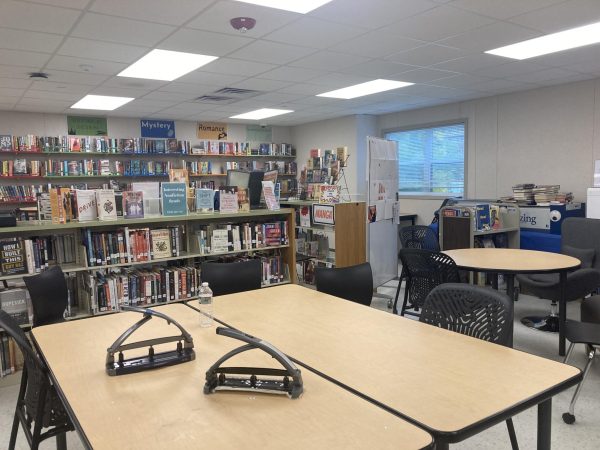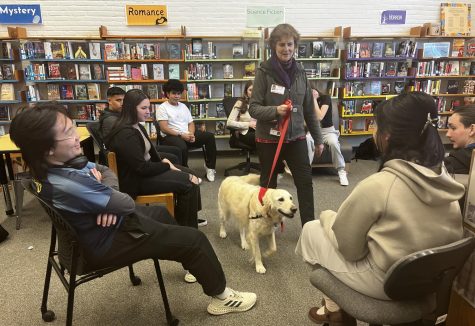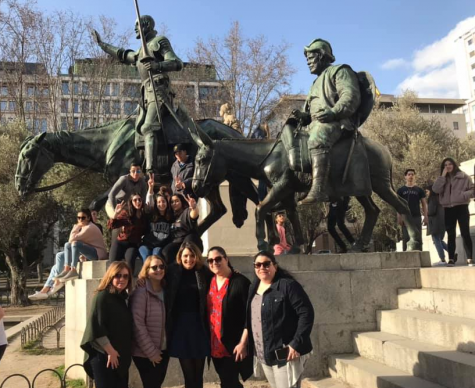During ALICE training at WHS, students face fearful scenarios
April 11, 2015
Watertown, although roughly 4 miles in area, has been filled with quite a lot history over its 385-year existence.
The town used to be famous for housing Revolutionary headquarters and Perkins School for the Blind, but recently has gained media attention for less-than-cheerful events. Only two years ago, there was the Boston Marathon shootout right in the middle of Watertown. In 2014, Watertown High School had to be evacuated due to a bomb threat. Around that same time, the school was forced into a lockdown for hours when a bullet was found inside of a classroom.
Across the nation, others schools have faced similar or even worse threats, which is why the Watertown High staff decided to equip students with the knowledge they need to be safe in these types of situations.
WHS is using ALICE, which stands for Alert, Lockdown, Inform, Counter and Evacuate, a training program that is specifically designed to teach students how to respond if an intruder breaches the high school.
The program places an emphasis on individual classrooms making decisions based available information to ensure the best and appropriate reaction to the attack. WHS staff and local law enforcement presented the program to the entire school, showing the various precautions and actions that could be useful in case of an emergency.
The following day, on Jan. 14, 2015, Watertown High was tested on its knowledge of ALICE with a one-hour practice drill.
Over the loudspeaker, the principal, Shirley Lundberg, gave students various descriptions of where an attacker had entered the building, allowing the classrooms to figure out what their strategy would be. In some cases, it could have been simply barricading the door, closing the window blinds, and moving to a space far from any openings.
In the photography classroom, for example, the students and staff determined that the best solution was locking the door that led to the hallway and leaving the building through a back door. All the students agreed with the plan, but their individual moods about carrying it out was a mix.
Some kids took the training very seriously, rushing to the door as quietly and quickly as possible. Others felt irritated that their schedules were interrupted by the program. One student was simply excited that he had something to tweet about. The general consensus of the classroom was that life was a little out of place that day.
For some, the disharmony was caused by having to physically move and hide instead of sitting and doing work.
For others, it was the fear that they might have to use ALICE in a real scenario that caught their minds by surprise.
This all raises an important question: Is Watertown High doing too much or too little in response to school attacks?
These increasingly prevalent emergencies have made life at times scary and uncertain in Watertown. People are now questioning their safety in places once considered to be the safest of all only a few years ago.
What helps Watertown move forward is not the passing of time, but the use of that time. This community possesses a rare toughness and tenacity, impervious of being taken away by any attack.
ALICE training, in addition, to these strengths will show that Watertown has been, and will continue to be, a safe and inviting community for all.
–April 10, 2015–
